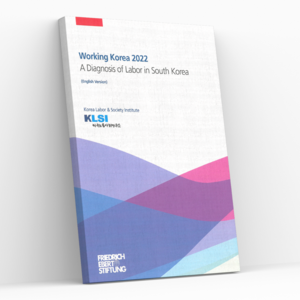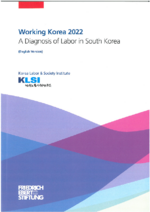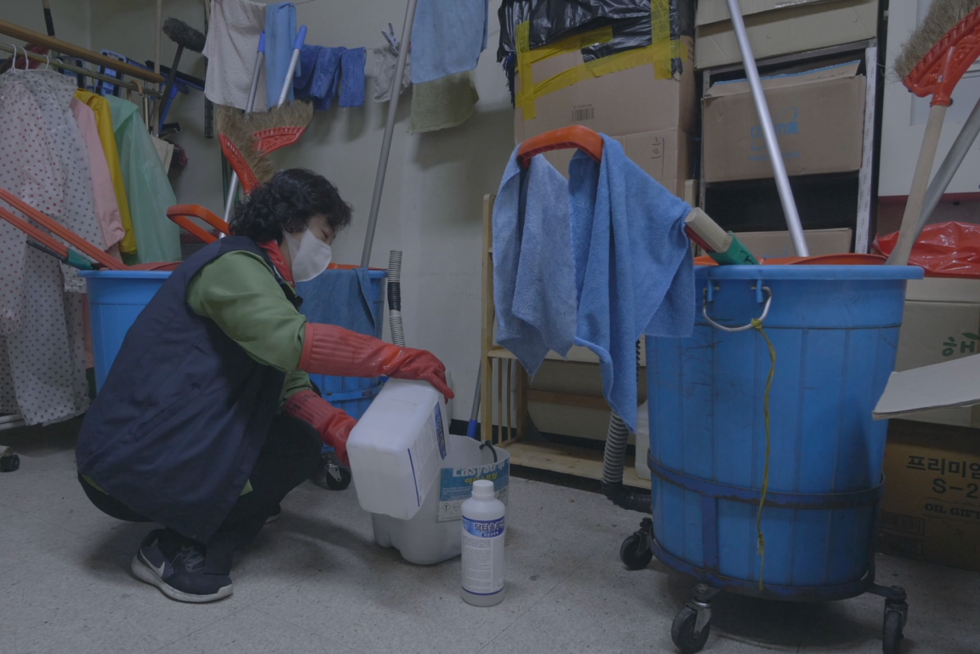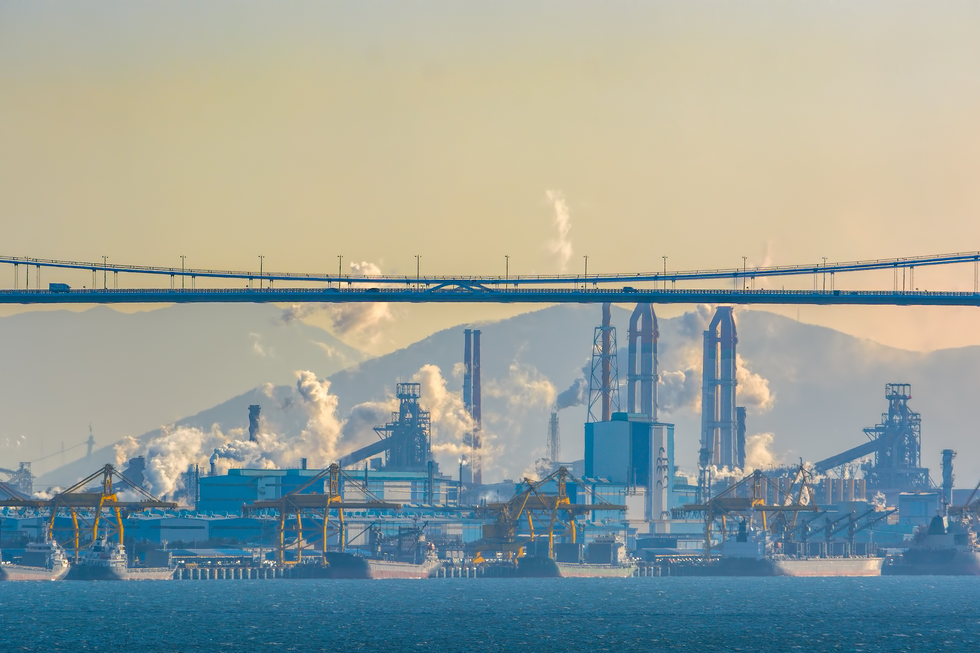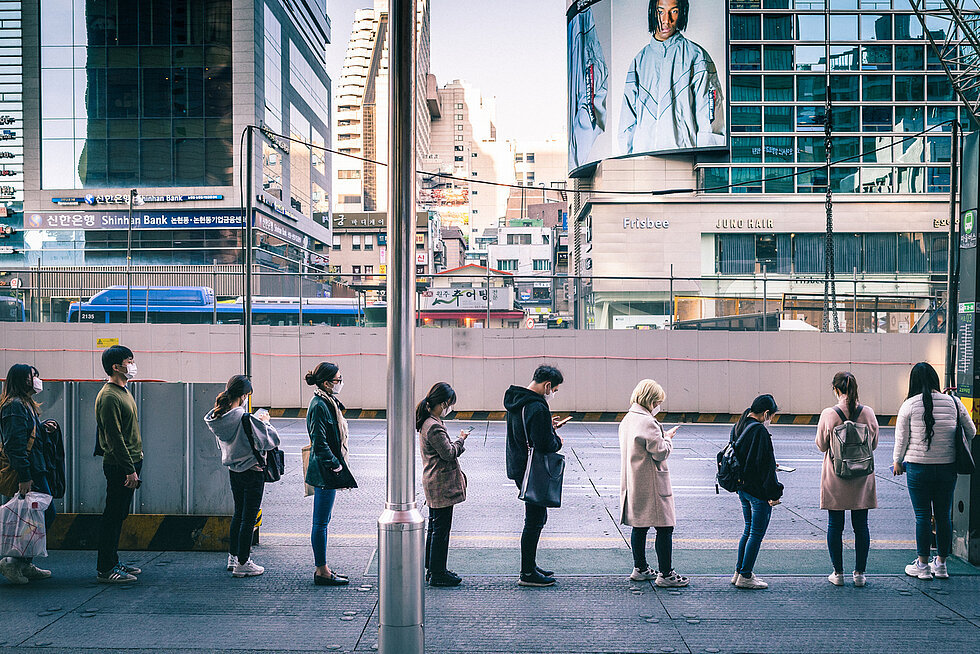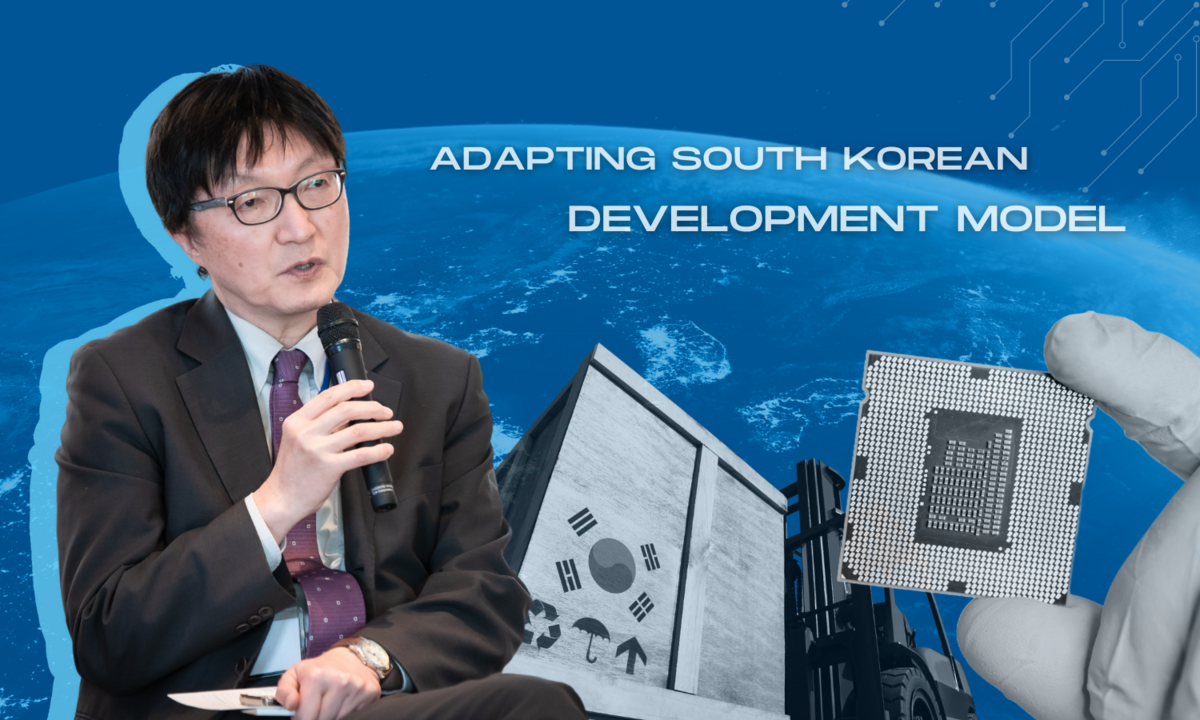Working Korea 2022
South Korea’s labour market can be characterized by job insecurity, income inequality, and labour relations fragmentation. To understand the current state of the market better, the Friedrich-Ebert-Stiftung Korea Office funded the research project “Working Korea 2022” of the Korea Labor & Society Institute (KLSI) in 2021. Five researchers shared a prognosis of and recommendations for the South Korean labour market.
Part One, A Diagnosis of Labor in South Korea, written by Kim Yoo Sun, a researcher at KLSI and visiting professor at the Graduate School of Labor Studies at Korea University, has now been translated into English.
Summary of findings
- South Korea ranks 18th out of 37 OECD countries in the level of employment protection as reflected in the OECD indicators of employment protection legislation (2019). However, the OECD indicators may drift apart from the reality in that the indicators are the comparisons of scores given to dismissal-related legislation.
- With 31.7% of workers with less than a year of tenure, South Korea comes next only to Turkey (34.7%). Additionally, the country’s proportion of long-tenured workers is the second lowest with 20.6%, ranking only slightly higher than Chile (19.0%).
- About half of the workforce quit and change jobs every year, whether voluntarily or involuntarily. Out of 13.43 million workers covered by employment insurance in 2018, some 6.71 million workers moved jobs, amounting to a turnover rate of 49.9%.
- Unequal wages and incomes are problematic. While the workforce increased from some 13 million to 20 million in the last two decades, the labour income distribution rate has not recovered to the level before the Asian financial crisis in the late 90s.
- Worsening labour income distribution rate translates into worsening wage inequality among workers and an increasing number of low-paid workers. While workers with some bargaining power could keep their share, those with no or little bargaining power end up bearing all the burdens.
- South Korea’s wage inequality index in 2015 was the fifth-largest among OECD countries, with the proportion of low-paid workers being 23.5%, the fourth largest in the said group. These figures improved to 3.6 and 17.0% in 2019 thanks to the minimum wage increase, but they were still relatively higher among OECD countries, occupying the 10th and 9th spots respectively.
- South Korea’s wage inequality stems in part from the wage policies and industrial policies but could be more attributed to a low union density and collective agreement coverage, inexpedient arbitrations at the national, industrial, and enterprise levels, and the labour relations where enterprise-level bargaining is predominant.
- South Korea is classified as one of the lowest countries in collective bargaining concentration and arbitration, along with the US, UK, and Poland. The country’s union density and collective agreement coverage in 2018 were 11.8% and 14.8% respectively, 28th and 31st among OECD countries. Collective bargaining is decentralized to individual enterprises, and the arbitration at the national, industrial, and enterprise levels is not facilitated.
Kim, Yoo Sun
Working Korea 2022
Seoul, 2022
Download publication (1,4 MB PDF-File)
FES Asia
Bringing together the work of our offices in the region, we provide you with the latest news on current debates, insightful research and innovative visual outputs on the future of work, geopolitics, gender justice, and social-ecological transformation.



